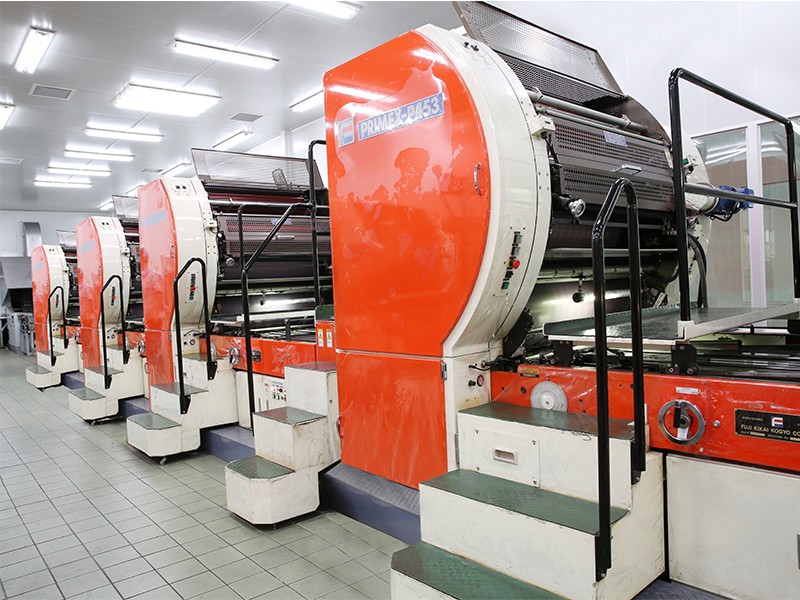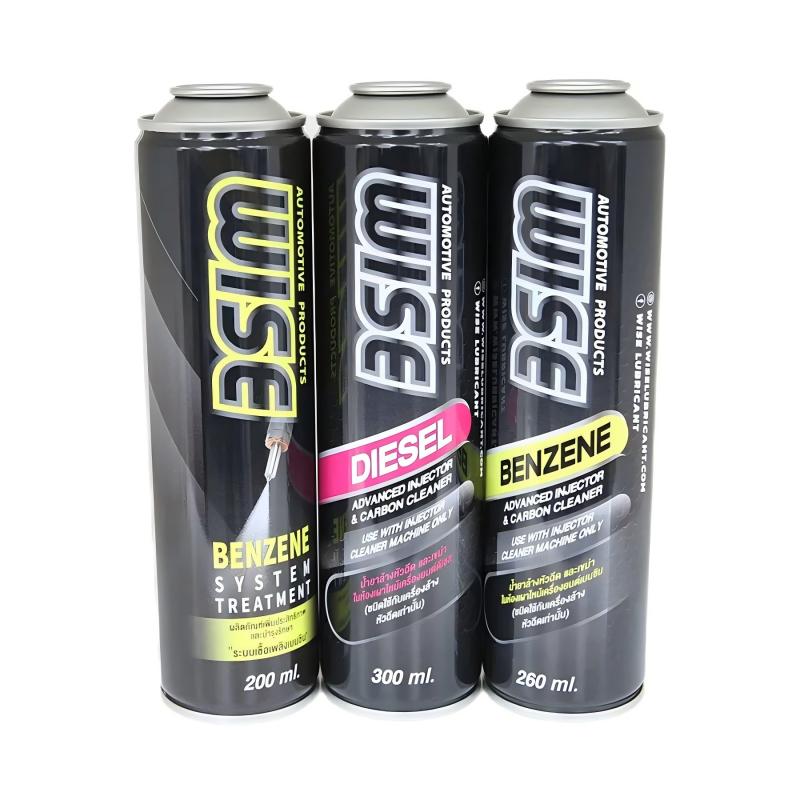As a traditional and common metal packaging material, tinplate sheet is widely used in the packaging of food, beverages, cosmetics and industrial products with its good physical properties and diverse application range. So, can tinplate sheet be used to make aerosol cans? The answer is yes. Tinplate sheet can not only make aerosol cans, but also plays an important role in the manufacturing of aerosol cans. However, there are many complex technical, material performance and safety issues behind this.
This article will analyze in detail why tinplate sheet is suitable for the production of aerosol cans and its performance in aerosol can applications.

What is an aerosol can?
Aerosol can is a special packaging container for storing and dispersing liquid or gas products, usually containing pressurized gas or liquid, and spraying fine mist through a valve. Aerosol can has a wide range of applications, including personal care products (such as spray perfume, hairspray), household chemicals (such as pesticides, detergents), industrial products (such as lubricants, spray paint), etc. The design of aerosol can not only requires extremely high sealing performance, but also must withstand a certain internal pressure to ensure that the substances in the can can be sprayed out safely and effectively.
Can tinplate sheet be used to make aerosol can?
Tinplate sheet is a metal sheet with a layer of tin plated on low-carbon steel. This structure gives tinplate sheet special properties, making it advantageous in a variety of packaging fields. Especially in the manufacture of aerosol can, tinplate sheet has become an important material choice due to its good corrosion resistance, physical strength and machinability.
1. Corrosion resistance
Aerosol can often contains chemicals, especially liquids or gases containing volatile and corrosive components, such as solvents in sprays, chemicals in pesticides, etc. Therefore, aerosol can materials need to have excellent corrosion resistance and be able to resist chemical erosion of internal substances and the influence of the external environment.
Tinplate sheet has strong corrosion resistance because it is plated with a layer of tin on its surface. The tin layer can effectively prevent the intrusion of air and moisture, avoid oxidation reaction of the iron base, and extend the service life of the can. In addition, the tin layer has good chemical stability and is not easy to react even when exposed to acidic or alkaline substances. This feature makes tinplate sheet excellent when storing chemicals with corrosive components, ensuring the safety and stability of aerosol can.
2. Strength and pressure resistance
The design of aerosol can must be able to withstand a certain internal pressure, especially during use, the liquid or gas in the can expands due to heat, and the pressure increases. If the can body is not strong enough, it may deform or burst, causing safety hazards.
Tinplate sheet has good strength, especially after proper processing and forming, its pressure bearing capacity can meet the requirements of aerosol can. After filling aerosol can with gas or liquid, high pressure is usually generated inside. The toughness and hardness of the tinplate sheet can body enable it to keep the shape of the can body stable and not easy to break in such a high-pressure environment. In addition, after the tinplate sheet is processed by the rolling process, its material thickness can be adjusted as needed, which allows the tinplate sheet can to be designed to be both lightweight and able to withstand high internal pressure.
3. Machinability
Another significant advantage of tinplate sheet is its good machinability. The production process of aerosol can usually requires stamping metal sheets into cylindrical cans, and then assembling nozzles and valve systems. Due to its material properties, tinplate sheet is easy to stamp, stretch and weld, and can be smoothly processed into aerosol cans of various shapes.
In addition, the surface of tinplate sheet is smooth and easy to coat, and can be coated according to different needs to improve the appearance and corrosion resistance of aerosol can. Whether it is color printing, hot stamping decoration, or adding special coatings to enhance chemical resistance, tinplate sheet can adapt well to various processing needs.
4. Safety
For aerosol can, a container for storing high-pressure gas or liquid, safety is crucial. The tank material of aerosol can must be able to remain stable under extreme conditions (such as high temperature and high pressure) to prevent leakage and explosion accidents.
Tinplate sheet has a high melting point (around 232°C) and will not melt or soften under normal use and storage conditions, ensuring the safety of aerosol can. At the same time, the tin layer of tinplate sheet can effectively isolate external moisture and air, prevent the can material from oxidizing, and thus avoid chemical reactions between the gas or liquid inside the aerosol can and the outside world, ensuring the safety of the package contents.

Tinplate sheet vs. other materials: Which is better?
Although tinplate sheet is widely used in the manufacture of aerosol cans, there are other materials on the market for the production of aerosol cans, such as aluminum, stainless steel, etc. Compared with these materials, tinplate sheet has some unique advantages and characteristics.
1. Comparison of tinplate sheet and aluminum
Aluminum cans are also very common in the aerosol can field, especially in personal care products and beverage packaging. The main advantages of aluminum materials are their lightness and corrosion resistance. Aluminum quickly forms a layer of aluminum oxide film in the air, which has excellent antioxidant properties, and the weight of aluminum cans is lighter than that of tinplate sheet cans, making them easy to transport and carry.
However, compared with tinplate sheet, the pressure resistance of aluminum cans is slightly inferior. Although aluminum is light, its strength and toughness are low, so when storing high-pressure gas, the wall of the aluminum can needs to be designed to be thicker to withstand the internal pressure. Tinplate sheet, with its higher strength and pressure resistance, can maintain good structural stability in a relatively thin case. In addition, the production cost of aluminum cans is usually high, while tinplate sheet is relatively more economical, so tinplate sheet has a higher cost-effectiveness in the mass production of aerosol cans.
2. Comparison between tinplate sheet and stainless steel
Stainless steel cans are also used in the manufacture of aerosol cans in some high-end or special fields due to their excellent corrosion resistance and strength. Stainless steel cans are far more resistant to chemical corrosion than tinplate sheet, and are particularly suitable for containing highly corrosive chemicals or for use in extreme environments.
However, the disadvantage of stainless steel is that it is heavy and expensive. In the field of ordinary consumer goods, stainless steel cans are relatively less used. As a cost-effective material, tinplate sheet is not as corrosion-resistant as stainless steel, but it can meet the corrosion resistance requirements in the manufacture of aerosol cans through surface tinning and further coating protection. At the same time, tinplate sheet is less difficult to process and is more suitable for large-scale industrial production.

What is the process of making aerosol can?
The production process of tinplate sheet aerosol can is relatively complicated, involving multiple process flows to ensure the sealing, strength and corrosion resistance of the can body.
The main steps of making aerosol can with tinplate sheet:
1. Material preparation
2. Stamping
3. Welding and sealing
4. Nozzle installation
5. Coating treatment
1. Material preparation
First, select tinplate sheet of appropriate thickness and size, and select suitable tinplate sheet specifications according to the capacity and purpose of different aerosol cans. The surface of the material is cleaned to ensure that the tin coating is intact.
2. Stamping
Use stamping equipment to stamp the tinplate sheet into the shape of a can body, usually a cylindrical can body. This process requires ensuring the uniform thickness and sufficient strength of the can wall to withstand the pressure inside the aerosol can.
3. Welding and sealing
After the tank is formed, the bottom and mouth of the tank need to be welded and sealed. The welding technology must ensure the airtightness of the tank to prevent the leakage of gas or liquid in the tank.
4. Nozzle installation
The top of the aerosol can is usually equipped with a nozzle and valve system to control the injection of gas or liquid. During this process, the nozzle must be installed accurately to ensure that the aerosol can can be used normally.
5. Coating treatment
In order to improve the corrosion resistance of the aerosol can, the inner and outer surfaces of the tank are usually coated. The internal coating is used to prevent the tank from reacting with the internal chemicals, while the external coating improves the durability and aesthetics of the tank.

Foshan Dekai Metal Packaging Co., Ltd. – A Leader in Metal Packaging Solutions
Foshan Dekai Metal Packaging Co., Ltd. is a prominent manufacturer in China specializing in providing comprehensive metal packaging services. Located in Foshan, Guangdong, our factory spans 50,000 square meters and utilizes advanced automation technologies. We manufacture a wide range of high-quality products, including aerosol cans, tinplates, and printed metal packaging. As a trusted supplier, we offer customized packaging solutions to suit various industries!

